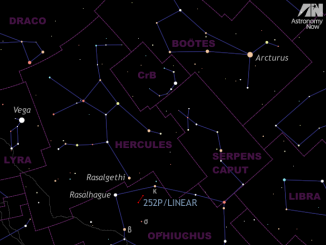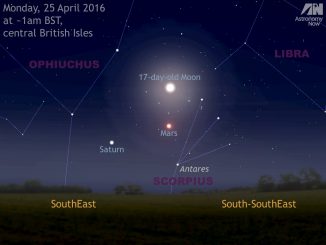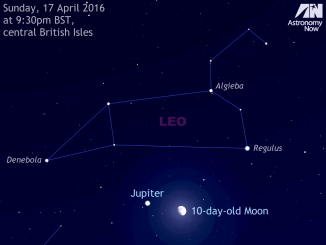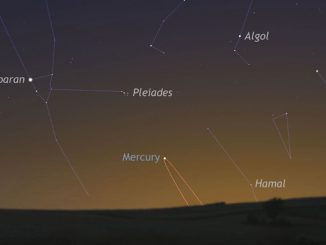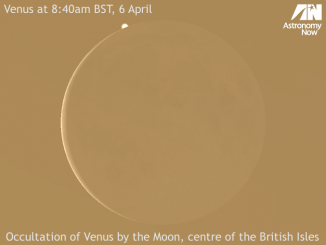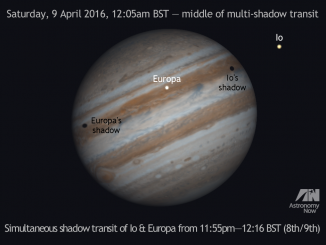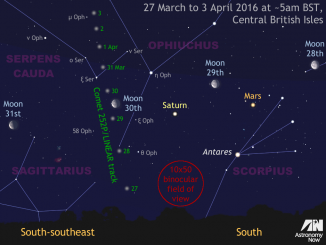
How and when to observe the transit of Mercury on 9 May
On Monday, 9 May just after midday BST, suitably equipped observers in the British Isles can witness the start of a 7½-hour spectacle that hasn’t been seen for almost a decade — the silhouette of innermost planet Mercury crossing the face of the Sun. Here’s our online guide to observing this fascinating and comparatively rare event in complete safety.

